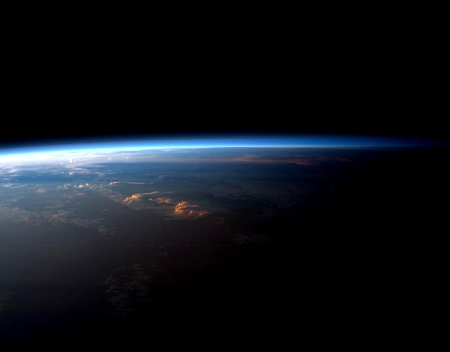DIY Space-flight Experiments for High Schoolers

Two Houston engineers have won a competition for low-cost experiments that high school students could send aboard a suborbital space flight. They have designed an inexpensive microgravity spaceflight kit that lets the students conduct three experiments demonstrating important principles of science and engineering.
The contest, sponsored by NASA and MAKE magazine, challenged participants to design experiments that could be built for under $200 by high school students to eventually fly on a suborbital flight. In addition to being low cost, the winning entry also had to illustrate sound science, technology, engineering, and math (STEM) principles, according to NASA.
The competition was designed to inspire curiosity and create interest in STEM among classroom teachers and students. The winning entry, “Bring It Back,” is the brainchild of engineers Prashant Rao and Subra Sankaran, both affiliated with Jacobs/ESCG in Houston.
Each experiment can be performed using the same equipment, making the kit versatile. The students will use wax to understand the dominance of surface tension, wetting effects, and the impact of a lack of buoyancy in the absence of gravity. Other science concepts include simulated boiling, fluid flow behavior, and bubble movements induced by temperature changes, natural convection, and wake flow.
Sponsored by Teachers in Space, a project of the Space Frontier Foundation in Nyack, N.Y, the first “Bring It Back” kits will fly aboard the Excelsior STEM mission scheduled to fly on a Masten Aerospace unmanned suborbital mission later this year. Teachers and students will assemble the experiment kits at a Suborbital Flight Experiment Workshop at NASA’s Dryden Flight Research Center’s AERO Institute in Palmdale, Calif., in early August.
“At this stage of their lives, we think it is particularly important to provide an experience that will get students excited about science and engineering in general, and space in particular, all in an artistic and imaginative way,” Sankaran said.
Filed under: K-12 Education News
Tags: Aeronautics, Aerospace, Aerospace Engineering, Competition, Competitions for Students, NASA, Physics, Space








